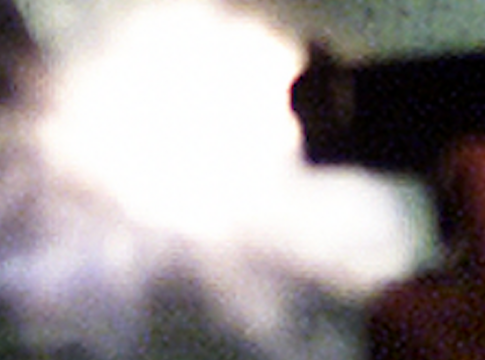An icon in the shape of an angle pointing down.
US Navy photo
- The US Navy has been battling Houthi missiles and drones for nearly a year.
- America’s top naval officer said the Houthis are using some of “the best Iranian technology” in their fight.
- Adm. Lisa Franchetti said the Navy is changing the way it fights to defeat these threats.
The US Navy has been battling the Houthis and some of Iran’s best weaponry in the Red Sea and changing some of the ways it fights to defeat them, America’s top naval officer said this week.
Adm. Lisa Franchetti, the chief of naval operations, said this week that the Navy is taking away many lessons from its almost yearlong fight against the Houthis, including the fact that drones are fundamentally changing warfare.
The Houthis, a Yemen-based rebel group that Iran has armed and supported for years, have used aerial and surface drones to attack key merchant shipping lanes in the Red Sea and Gulf of Aden and threaten US Navy ships since last fall. The militants have also fired anti-ship ballistic and cruise missiles at vessels.
US warships and aircraft, in partnership with allies, have been intercepting these threats. Just last week, American forces engaged a number of Houthi drones and missiles.
“We’re continuing to learn,” Franchetti responded to questions at a Wednesday Defense Writers Group event. “And again, I’ll just go back to the changing tactics, techniques and procedures based on adversaries.”
“The Houthis are using the best Iranian technology, and we know that we need to be able to defeat that,” she added. “And again, our ships are doing an amazing job. And our aircraft.”
AP Photo/Bernat Armangue
A Defense Intelligence Agency report published earlier this year detailed the extent of Iranian support for the Houthis. Over the past decade, Tehran has provided the rebel group with a “growing arsenal of sophisticated weapons” and training. This assistance has continued during the Red Sea conflict.
“I would say the other lesson learned, which I didn’t mention, is really using what you have differently,” Franchetti said Wednesday. “Using Hellfire against unmanned surface vehicles. Air-to-air. Aviation platforms shooting down UAVs. These are things where we’re really learning.”
In this fight, the Navy has fired well over $1.1 billion worth of munitions fighting the Houthis, a figure that covers hundreds of air-launched weapons and ship-fired missiles that have been used to take out rebel weaponry, both missiles and drones.
The increasing use of unmanned systems, such as aerial strike platforms and naval drones, has been seen in other conflicts, most notably the war in Ukraine.
Ukraine, for instance, has built up a formidable arsenal of domestically produced naval drones and has used these systems to target Russian warships and ports around the Black Sea. Even though Kyiv lacks a proper navy, it has demonstrated it can still cause problems through this asymmetrical style of warfare.
“I think Ukraine has shown us that you can innovate on the battlefield,” Franchetti said. “I want to innovate before the battlefield so we can stay ahead of any adversary any time.”


